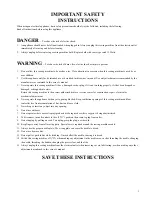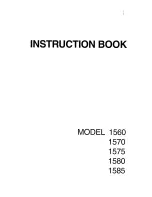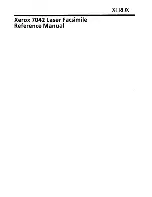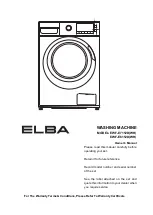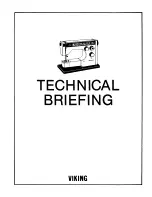
FO-CC500A
FO-K01A
CHAPTER 3. MECHANISM BLOCKS
[1] General description
1. Document feed block and diagram
Fig. 1
2. Document feed operation
1) The original, which is set in the document hopper, feeds automati-
cally when the front sensor is activated. This in turn activates the
pulse motor which drives the document supply roller. The document
stops when the lead edge is detected by the document sensor.
2) The lead edge of the original is fed a specified number of pulses after
the lead edge of the document is detected for the reading process to
begin.
3) The trailing edge of the original is fed a specific number of pulses
after the trailing edge of the document deactivates the document
sensor. The read process then stops and the original is discharged.
4) When the front sensor is in the OFF state (any document is not set
up in the hopper guide), the drive will be stopped when the docu-
ment is discharged.
3. Hopper mechanism
3-1. General view
Fig. 2
The hopper section contains document guides that are used to adjust
the hopper to the width of the original document. This ensures that the
original feeds straight into the fax machine for scanning.
Document width: 148 mm to 216 mm (A5 longitudinal size to Letter
longitudinal size)
NOTE: Adjust the document guide after setting up the document.
3-2. Automatic document feed
1) Use of the paper feed roller and separate plate ensures error-free
transport and separation of documents. The plate spring presses the
document to the paper feed roller to assure smooth feeding of the
document.
2) Document separation method: Separate plate
Fig. 3
3-3. Documents applicable for automatic feed
NOTE: Double-side coated documents and documents on facsimile re-
cording paper should be inserted manually. The document feed
quantity may be changed according to the document thickness.
Documents corresponding to a paper weight heavier than 70 kg (81.4g/
m
2
) and lighter than 135 kg (157 g/m
2
) are acceptable for manual feed.
Documents heavier than 135 kg in terms of the paper weight must be
duplicated on a copier to make it operative in the facsimile.
3-4. Loading the documents
1) Make sure that the documents are of suitable size and thickness,
and free from creases, folds, curls, wet glue, wet ink, clips, staples
and pins.
2) Place documents face down in the hopper.
i) Adjust the document guides to the document size.
ii) Align the top edge of documents and gently place them into the
hopper. The first page under the stack will be taken up by the
feed roller to get ready for transmission.
NOTES: 1) Curled edge of documents, if any, must be straightened
out.
2) Do not load the documents of different sizes and/or
thicknesses together.
3 – 1
Paper feed plate
Paper feed roller
Separate rubber
Separate plate
Document
Document guide upper
Document
Front sensor
Document
sensor
Back roller
Paper feed roller
CIS
10 sheets
1sheet(Manual)
Paper weight
70 kg
70 kg ~ 135 kg
21.5 lbs.
14 lbs. ~ 42 lbs.
(80 g/m
2
)
(52 g/m
2
~ 157g/m
2
)
Paper thickness (ref.) 0.1 mm
0.1 mm ~ 0.18mm
Paper size
LGL 8.5” x 14”(216 mm x 355.6 mm)
A4 8.27” x 11.7”(210 mm x 297 mm)
LTR 8.5” x 11”(216 mm x 279 mm)
Feeder capacity
A4/LTR: 10 sheets
LGL : 1 sheet
Summary of Contents for FO-CC500
Page 82: ...FO CC500A FO K01A Control PWB parts layout Top side 6 7 ...
Page 83: ...FO CC500A FO K01A Control PWB parts layout Bottom side 6 8 ...
Page 87: ...FO CC500A FO K01A LIU PWB parts layout Top side 6 12 ...
Page 88: ...FO CC500A FO K01A LIU PWB parts layout Bottom side 6 13 ...
Page 92: ...FO CC500A FO K01A 6 17 Cordless PWB parts layout Top side ...
Page 93: ...FO CC500A FO K01A 6 18 Cordless PWB parts layout Bottom side ...































